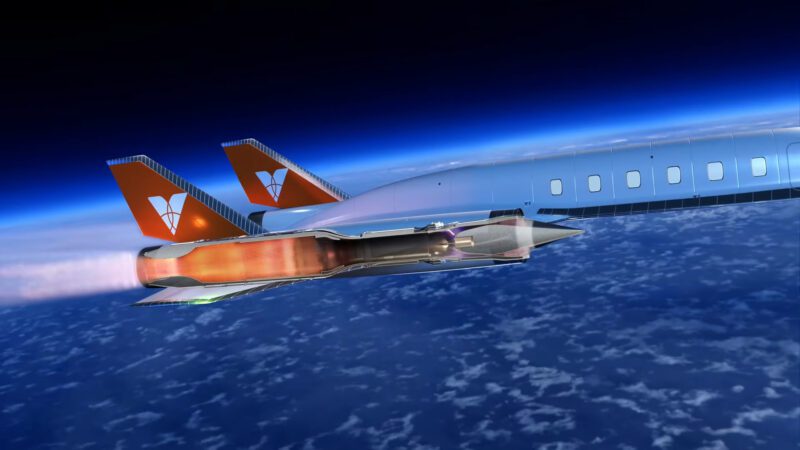Venus Aerospace Stargazer M4 Could Make 12-Hour Flights A Thing Of The Past
If you were one of the lucky few who had the privilege of flying on the Concorde, you probably reminisce about the glamorous world of supersonic travel. Jetsetting across the pond in just over three hours. This sadly came to an end in 2003, owing to the Concorde’s rising operating costs and environmental concerns. Fret not, because supersonic travel is making a comeback with Boom and its sleek Overtrue supersonic passenger jet. NASA is also in this game, with its X-59 experimental plane.
But what if you could fly from Miami to Dubai (~7,800 miles) in just two and a half hours? That’s not science fiction, but the vision of Venus Aerospace, a startup based out of Houston, Texas, that’s developing the Stargazer M4, the world’s first reusable hypersonic aircraft, that aims to redefine global air travel.
The Venus Aerospace Stargazer M4

This rocket-powered plane will be able to accommodate 12 passengers, cruising at a speed of Mach 6, which is six times the speed of sound, or 4,602 mph. This makes it nearly three times faster than even the fastest modern-day military jet aircraft. For some context, the Concorde had a top speed of 1,354 mph, while the U.S. Air Force SR-71 Blackbird reconnaissance aircraft, made by Lockheed Martin, could hit 2,220 mph. The Stargazer M4 is capable of a top speed of Mach 9 or 6,900 mph.
Sarah Duggleby, the co-founder and CEO of Venus Aerospace, believes that this breakthrough changes everything. Both she and her husband, and the company’s CTO, Andrew Duggleby, worked on Virgin Orbit as engineers and came up with this idea while living in Japan in 2018. What if they could fly home to the United States in about an hour? They decided to bet on a new kind of rocket engine that was in the pipeline, which they felt would make sense on a plane.
RDRE: The Engine-Tech That’ll Make Hypersonic Flight Possible

Despite the frankly biblical performance numbers, the Stargazer M4 won’t need a launchpad or a spaceport, but is being designed to take off and land at conventional airports. Here’s the basic theory behind how it works. The core technology that will make this possible is a radical new propulsion system called a rotating detonation rocket engine (RDRE), paired with a ramjet. The aircraft will use RDRE to climb safely out of populated areas. Once it hits a cruising altitude of 270,000 feet, it will switch over to its rocket-powered mode and glide, almost at the edge of space.
Dubbed the Venus Detonation Ramjet Engine (VDR2), this radical design features no moving parts and, unlike a traditional combustion engine that burns slowly, this setup, as the name suggests, detonates fuel at supersonic speeds. Venus also isn’t ignoring environmental concerns. Their engine employs jet fuel and liquid hydrogen peroxide, potentially in carbon-negative forms and cleaner than today’s long-haul commercial airliners.

The company recently completed the first U.S. flight test of a next-gen RDRE, and the first ever flight of an American-developed engine of its kind. The test was carried out at Spaceport America in New Mexico. While Venus hasn’t released any specifics like flight duration or top speed, the engine worked, confirming its functioning in real-world conditions.
When will the Stargazer M4 Launch?
Now the question remains, when? The company says that test flights could happen as early as 2030, which is very optimistic. That timeline may be ambitious, but the market potential is worth an estimated $200 billion annually. While such undertakings are extremely capital-intensive, often running out of steam even before lifting off the ground, Airbus is an investor, and both NASA and the U.S. Air Force are also watching closely.
Given that this technology has both military and commercial application potential, the company’s focus will be on shifting to full-scale propulsion testing and vehicle integration. So while Venus might not be a household name just yet, they’re definitely on the right path and with promising recent developments, the world of commercial and private aviation could undergo a transformational shift over the coming decade.
Images Source: Venus Aerospace/YouTube

